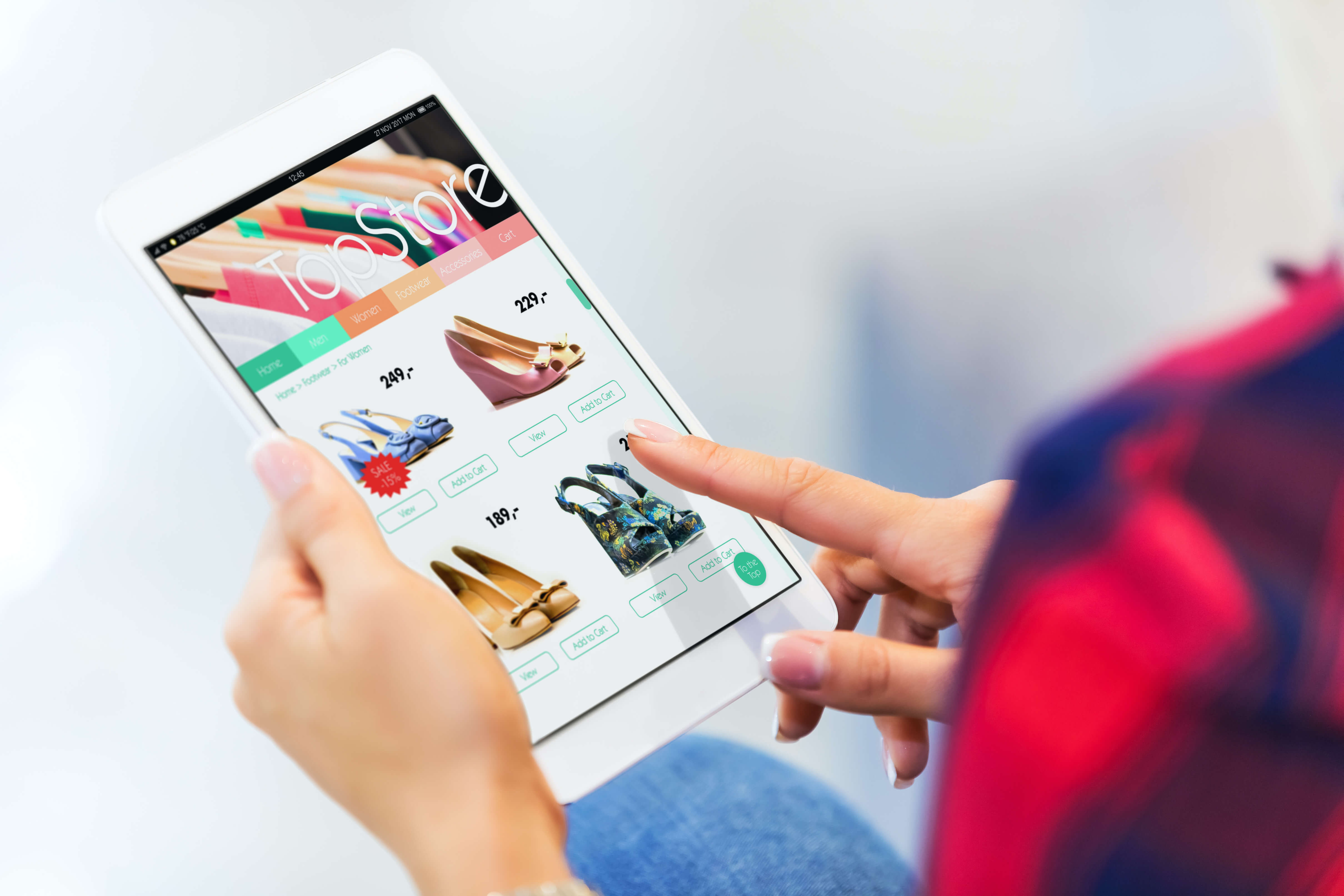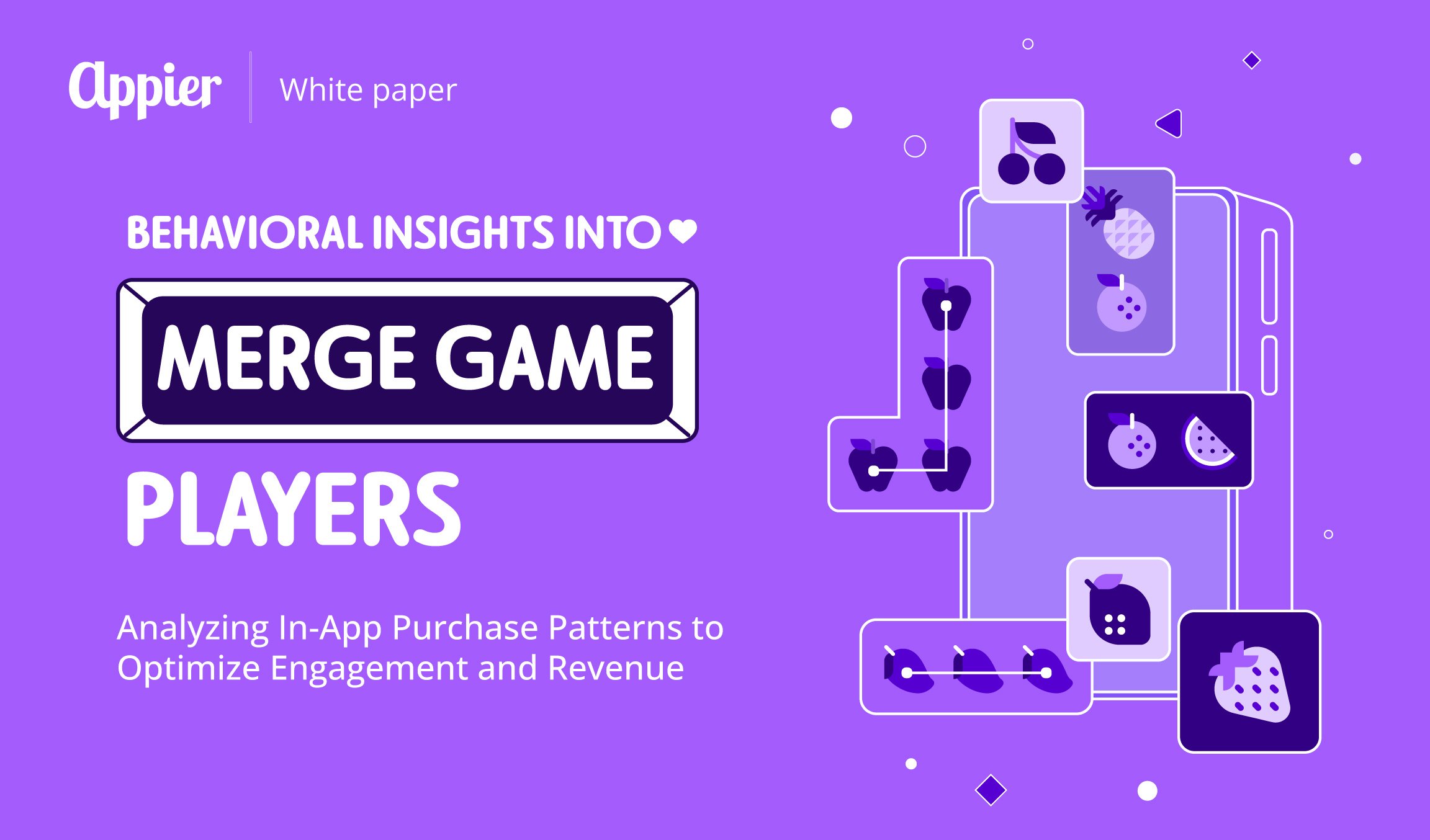Many online businesses when encountering lower sales tend to focus on analyzing the causes of high shopping cart abandonment rates, instead of putting more effort into understanding online consumer behavior.
You sure can leverage the quantifiable data and make changes to your e-commerce site, such as redesigning user interface and overhauling the content, but to gain a holistic view of your customers, you will need to understand their behavior throughout their buying journey.
Only 2.58 percent of global e-commerce site visits were converted into purchases in the second quarter of 2019. This means, out of 34 online visitors, only one bought something.
However, You can look at it as an opportunity to convert the remaining by identifying “What went wrong during the whole buying journey”. Following the four steps below, you can create an action plan on how to turn those indecisive online shoppers into paying customers.
1. Send Trigger Emails for Specific Customer Actions
While exploring e-commerce stores, shoppers usually showcase various on-site activities and behaviors, such as subscribing to your newsletter, abandoning the cart, and browsing a specific category. As a marketer, you can leverage machine learning (ML) to analyze these behaviors and segment customers according to their actions and interests.
You can then choose the target segment with predefined conditions in a proactive customer engagement platform to send trigger emails.
For instance, Emma signed up for your fashion shop update after browsing some dresses on your site, but she left without any purchase. To keep her engaged, you can send her a trigger email with the bestselling dresses on your website and some tips on how to mix and match.
2. Push for a Decision With Personalized Recommendations
There is always a reason behind an action, and consumer behaviors are no exception. What drives your customers to check out or stops them from making a purchase?
Combine first- and third-party data on customers’ behavior patterns and interests, and then apply ML to analyze the possible rationale behind their actions, be it the unavailability of a desired product, price concerns or poor design of the checkout page.
Once you identify the possible reason, you can then engage them with personalized content through the appropriate channel. According to Wirecard’s “International Holiday Shopping Report 2018”, 90 percent of Asian shoppers tend to use multiple channels including app, mobile, desktop and in-store to compare prices before making a purchase. So, the one crucial decision will be to identify the correct combination of channel and message.
For example, Emma was browsing in your e-commerce app, but she abandoned the site after adding a party dress to the cart. The data shows she recently read some blog posts about the best outfits for a New Year’s Eve party on external sites. In response, you can send her an app push notification with personalized product recommendations including not only the dress in her cart, but also a pair of heels and a clutch that complete the look, to bring her back and finish the checkout.
3. Shorten Sales Cycles With a Sound Promotional Strategy
When a promotion is done right, it might just bring that extra revenue that you are looking for. And those indecisive shoppers are who you want to target.
For customers who have already made their mind to buy or are only window shopping, there is no need to waste your time and budget on them. The remaining ones, who are indecisive customers, might just need a little nudge to complete their purchases.
Using advanced ML to analyze their actions on your website helps you identify who these indecisive shoppers are, and you can then tailor a relevant promotion to trigger their purchase decisions.
Furthermore, you can run A/B testing and use ML to predict the conversion rates of different offers, in order to choose the most appropriate incentive.
Japanese e-commerce site for fashion goods, Urban Research Outlet (URO), leveraged ML to segment hesitant shoppers who were likely to purchase with incentives. Upon delivering a coupon for free shipping to this segment, URO saw a 242 percent increase in the conversion rate through smartphones and a 70 percent boost in revenue.
4. Master Where and When to Deliver That Gentle Reminder
Today’s hyper-connected consumers owns at least two to three devices, and being able to identify different behaviors on respective device is vital to retargeting. Using deep learning to analyze customers’ cross-screen behavior will help you build a holistic customer view, and find out their decisions regarding which device and at what time will they perform certain types of activities, such as browsing, searching, purchasing, etc..
For instance, Emma tends to browse on her phone during the morning commute, and continue her research on a PC at her lunch break. She will then make her final purchase at late night on her phone. In this case, you can deliver an in-app ad to her mobile at night with a message like “Still thinking about that red dress? Grab it before it’s gone!” to avoid spamming and to reduce unnecessary promotional cost.
It is estimated that consumers worldwide will spend nearly US$3.46 trillion online in 2019 , an 18 percent increase from 2018. With the year-end holiday season having started already, consumers are taking advantage of holiday sales to purchase more than usual. Follow the steps above and start to covert those indecisive online shoppers now!
* Want to know more about how you can use artificial intelligence to drive customer engagement and increase ROI? Download our latest white paper “ Stay Ahead of Evolving Asian Consumers: Secure Customer Engagement in E-Commerce With AI ” for more in-depth insights.



-1.png?width=3000&height=1834&name=SuperLike_%E5%B7%A5%E4%BD%9C%E5%8D%80%E5%9F%9F%201%20(1)-1.png)